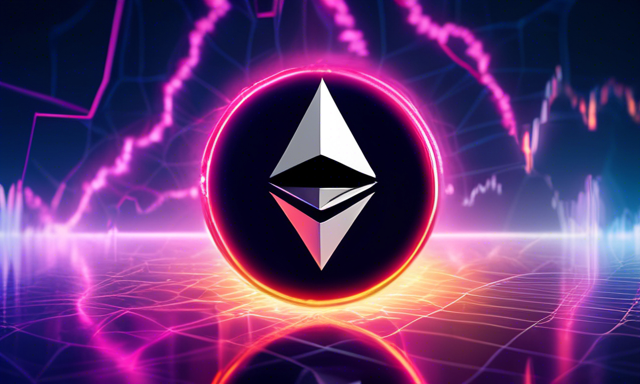Ethereum Gas Fees Hit a Five-Year Low
Ethereum, the second-largest blockchain network, is currently undergoing a significant change as gas fees drop to levels not seen in years, potentially indicating a price bottom for ETH. The reduction in transaction costs has sparked discussions and debates within the crypto community about the future of Ethereum. This shift in the landscape, driven by various factors like reduced network demand, increased adoption of layer-2 solutions, and recent network upgrades, presents both challenges and opportunities for Ethereum and its ecosystem.
The Impact of Reduced Gas Fees on Ethereum
Here are some key points to consider about the recent drop in gas fees on the Ethereum network:
- Gas fees on Ethereum have reached a five-year low, with some transactions costing less than 1 gwei (approximately $0.04).
- The significant decrease in fees is attributed to several factors, including low market activity, layer-2 solutions gaining traction, and recent network upgrades such as Dencun.
- While lower fees benefit users by making transactions more affordable, they also lead to less ETH being burned, which could result in inflationary pressures on the token’s supply.
The Role of Network Upgrades
Recent network upgrades, like the Dencun update, have played a crucial role in lowering gas fees on the Ethereum mainnet. These upgrades have optimized data storage and processing, enhancing network efficiency and reducing transaction costs.
Potential Price Movement for Ethereum
Analysts and experts suggest that the drop in gas fees could signal a potential price bottom for ETH, indicating the possibility of upward movement in the future. Historically, significant decreases in gas fees have corresponded with price bottoms for Ethereum, hinting at a potential bullish trend.
The Outlook for Ethereum and the Blockchain Industry
The current fee structure and token economics adjustments in Ethereum present opportunities for alternative layer-1 networks to attract users and developers. As the blockchain industry evolves, sustainable solutions balancing efficiency, security, and environmental impact become crucial for long-term success.
Adapting to Change in the Crypto Landscape
As Ethereum adapts to the new fee structure and economic considerations, it faces competition from other blockchain platforms offering unique value propositions. The evolving landscape of blockchain technology will determine the future trajectory of Ethereum and its position in the market.
Hot Take: The Future of Ethereum and Gas Fees
As we look ahead in 2024, the crypto community eagerly anticipates potential rate cuts, major political events, and their impact on Ethereum’s trajectory. The next few months will be crucial in determining whether Ethereum is entering a new era of growth and innovation.





 By
By
 By
By
 By
By
 By
By
 By
By
 By
By